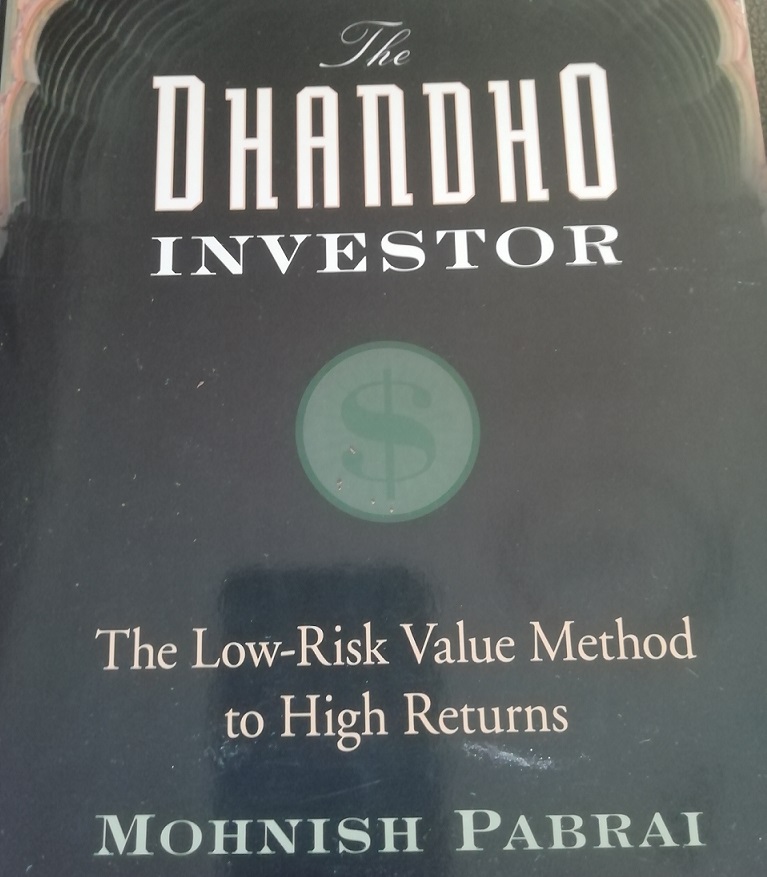
What I didn't like I don't completely agree with principle two: Buy simple businesses in industries with an ultra-slow rate of change. "That's exactly why I don't want you following Pabrai's framework," he says tongue in cheek. But with Pabrai's framework, you're more likely to recognize one going forward, giving you a leg up on the competition.

Now not everyone is going to find AES as an opportunity. I have a Dhandho-type investment in my portfolio, AES (NYSE:AES), and I've written about it several times. Pabrai gives readers the roadmap, and it's up to us to chart the path we want to take. Guess what? If you want to be an investor, you have to put in the time to learn what a moat is, what margin of safety is, or what the Kelly Formula is.
The dhandho investor blog how to#
Some don't know what a moat, or sustainable competitive advantage, is, much less how to assess one. Everyone looks at things through his or her own lens. I like the fact that Pabrai only gives the framework and leaves out lots of details, instead giving examples of how he has used this framework in the past.Įvery investor is different. What I liked most I think many of you are likely to disagree with what I'm about to say. The return potential is high, but the risk of loss is high as well. Under his framework, outlined in Chapter 5 with details following in each chapter, I don't think Pabrai would consider Dendreon as an investment opportunity. There are lots of people looking to make money there, and some investors can do it.

Think about Dendreon (NASDAQ:DNDN) and the ups and downs associated with the trials of Provenge. We have to take risk to earn a higher return. I think one reason we do this is because we've been taught that higher risk is the way to generate higher reward. Pabrai says, not when it comes to investing! The title of Chapter 10? "Few bets, big bets, and infrequent bets." What kind of fun is that? Pabrai isn't looking to make investing fun - he's looking to make you a better investor. We want every day to be filled with activity. Unfortunately, as humans, we're not wired that way, and we haven't really been taught to think that way. As an investor, Pabrai says stick to opportunities that have huge return potential with as little risk as possible.

Low risk, high return That's how he does it. These may not be household names, but when you read the book, you'll see why Pabrai likes them as investment opportunities. Independent energy company Harvest Natural Resources (NYSE:HNR) and financial services company Fairfax Financial Holdings (NYSE:FFH) round out the top three. Steel producer IPSCO (NYSE:IPS) makes up 18.4% of the portfolio. He manages Pabrai Investment Funds and, since 1999, has "delivered annualized returns of over 28% (net to investors)." With a track record like that, he's worth listening to.Īs of March 31, 2007, Pabrai registered 13 holdings in his portfolio. Before we begin, let's learn a bit about Mohnish Pabrai.


 0 kommentar(er)
0 kommentar(er)
